The products and services mentioned below were selected independent of sales and advertising. However, Simplemost may receive a small commission from the purchase of any products or services through an affiliate link to the retailer's website.
Hostas are a garden staple. These perennial plants offer structure as border plants and lush greenery in mass plantings. While hostas are known for their shade tolerance and their ability to flourish with little sunlight, the good news is that there are also full-sun hostas that can continue to thrive even in summer’s rays.
With a historic heat wave gripping many parts of the country, millions of Americans are bracing for sweltering heat and blistering sun. These heat waves promise to be problematic for gardeners, especially as some plants are more tolerant of high temperatures than others. Full-sun hostas are a great choice for gardeners who are preparing for a long, hot summer.
Not all hostas are created equal when it comes to flourishing in the sunshine. Here is what you need to know about hostas to ensure your green thumb doesn’t turn brown due to sweltering rays.
“Full-Sun” Hostas Still Need Some Shade
First of all, as you’re searching, don’t be misled by the term “full-sun hostas.” Yes, some hosta varieties enjoy lots of sun and can continue to flourish even during a heatwave. “Full sun” traditionally means about 6 hours of sunlight per day, but if you plant your hostas in an area where that sunlight occurs from 2 p.m. to 6 p.m., you may start to see some browning of their leaves. It’s better to give full-sun hostas the bulk of their sun in the morning, as opposed to afternoon sun, which will be hotter and more intense.
Plant them in a location where they can enjoy the gentler morning rays, and your hostas will thank you for your consideration by staying green and rich throughout the summer.
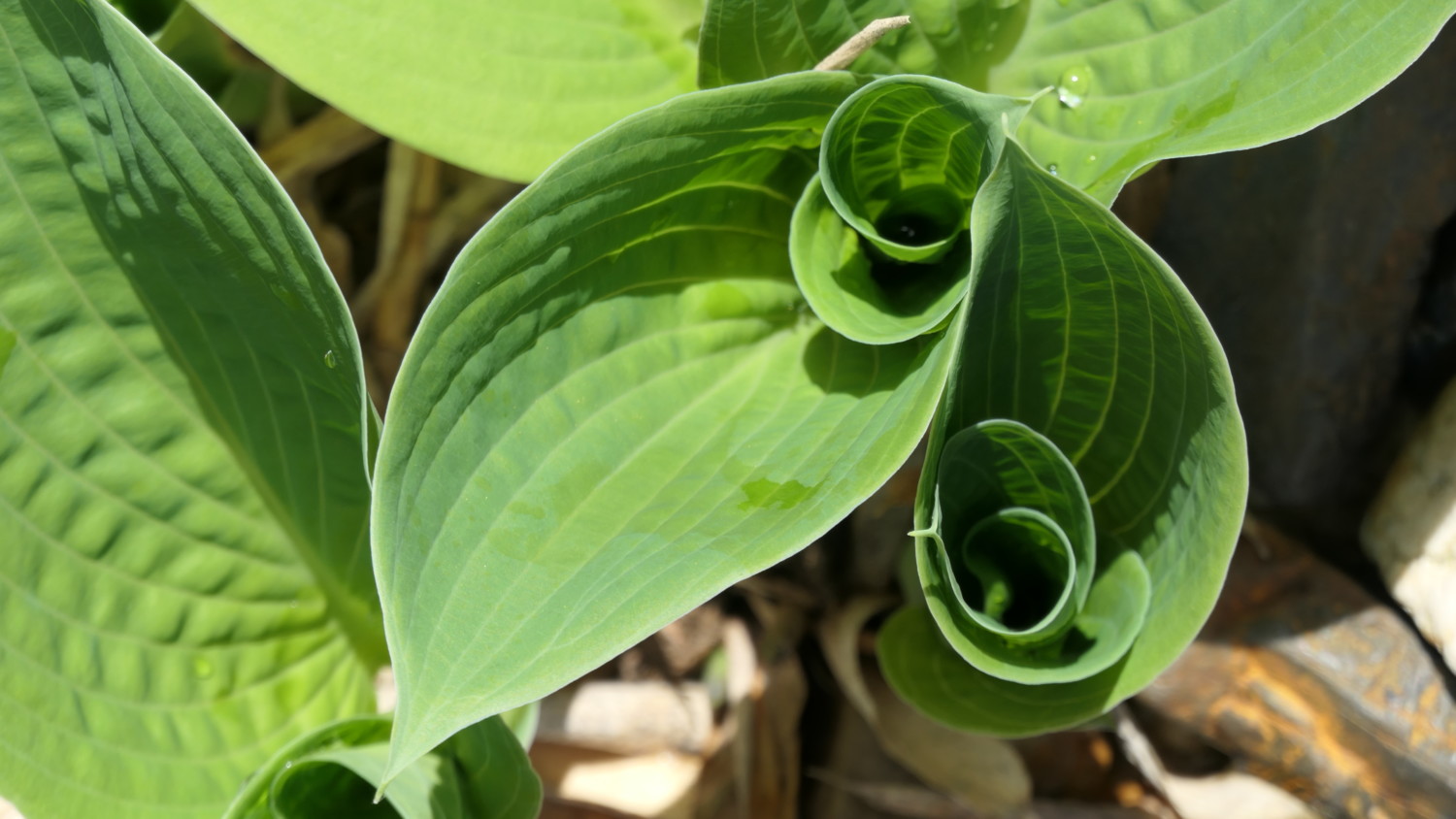
Go For Gold-Tipped Hostas For Full Sun
Hostas are known for being easygoing, low-maintenance plants that thrive in the shade. But if you want varieties that can also thrive in the sunshine, look for hostas with golden or yellow-tipped leaves. These hostas are better in full sun than hostas that have blue or white leaves.
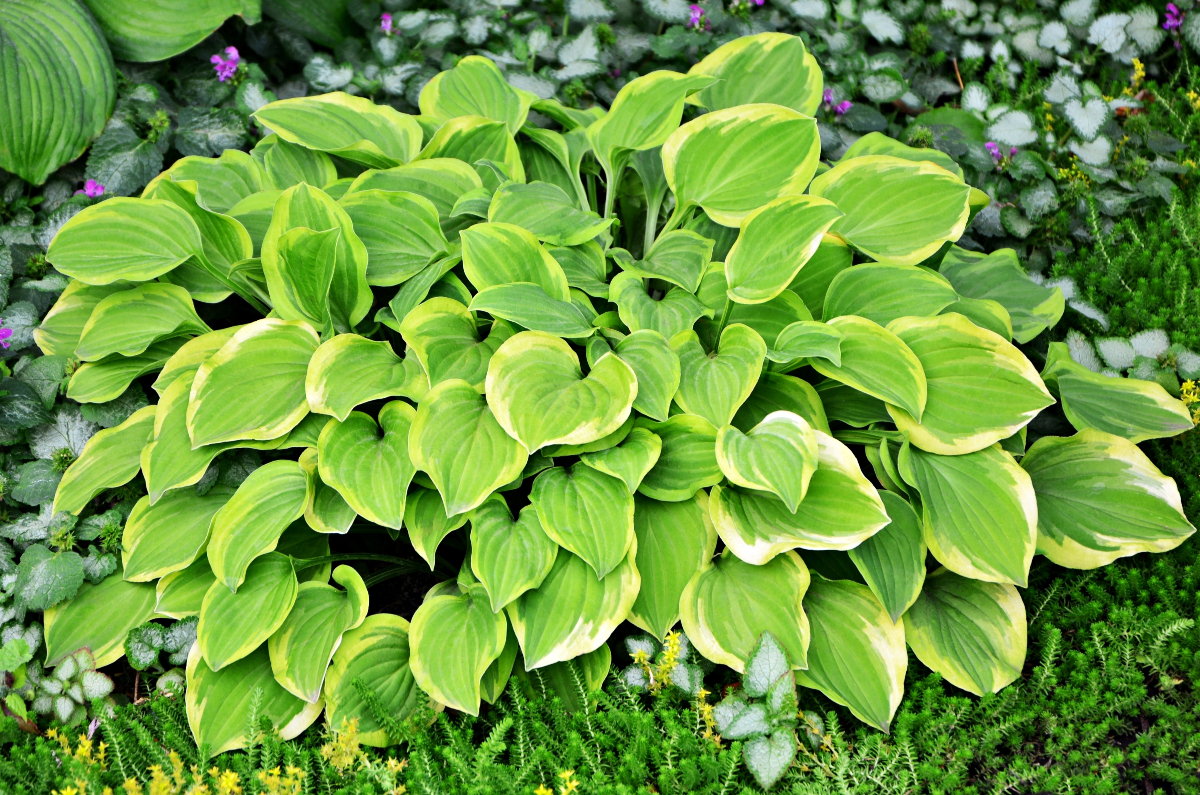
Look For Thick Leaves
If you’re overwhelmed by the hosta options at your garden center and can’t tell if a plant is blue-tinged or gold-kissed, rely on your fingers instead. Look for hostas that have leaves that are thicker and more textured. These varieties tend to do better in sunlight than hostas with thinner and silkier leaves.
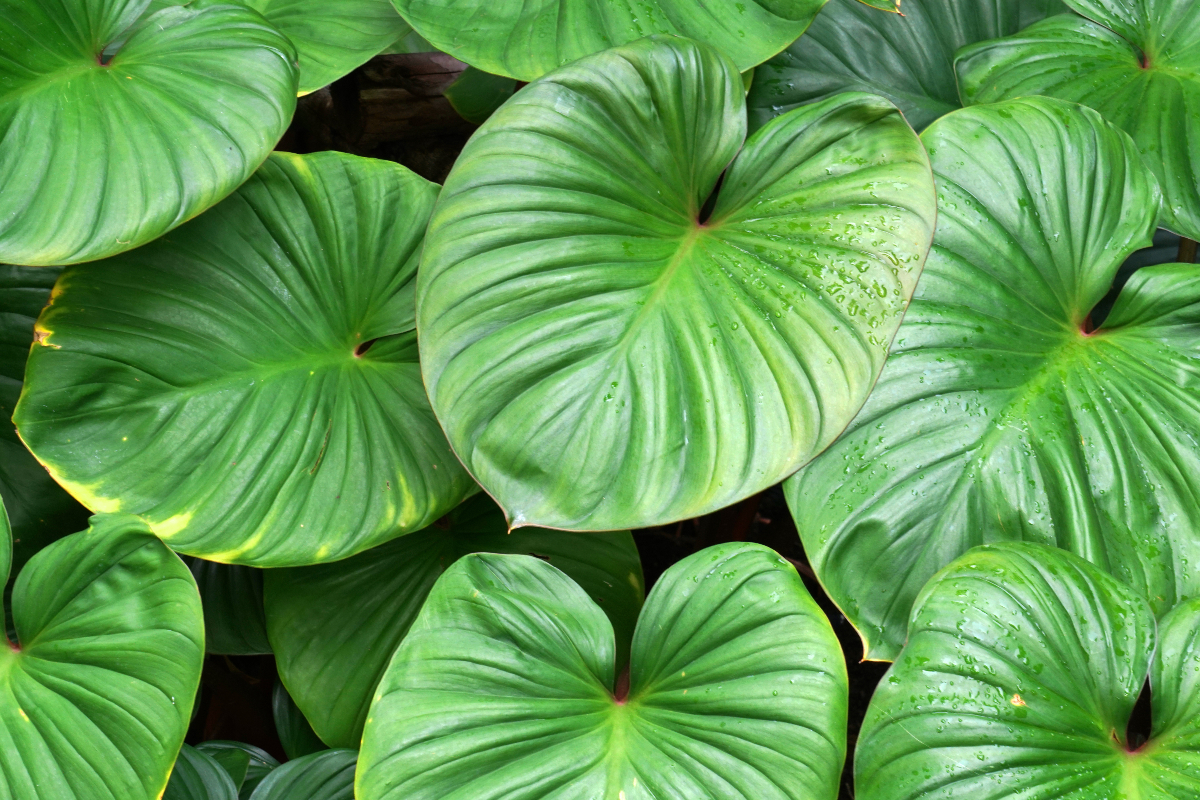
Try Flowering Hostas For Full Sun
Flowering hostas are also a smart choice if your garden gets lots of sun. Many people don’t realize this, but since hostas are part of the liliacea family, some varieties of hostas produce flowers. These funnel-shaped blooms come in a variety of shades, from angelic white to sensuous violet, and these flowering hostas are known for being more sun-tolerantthan their non-flowering peers. In fact, they need some sunshine to grow their flowers and bloom.
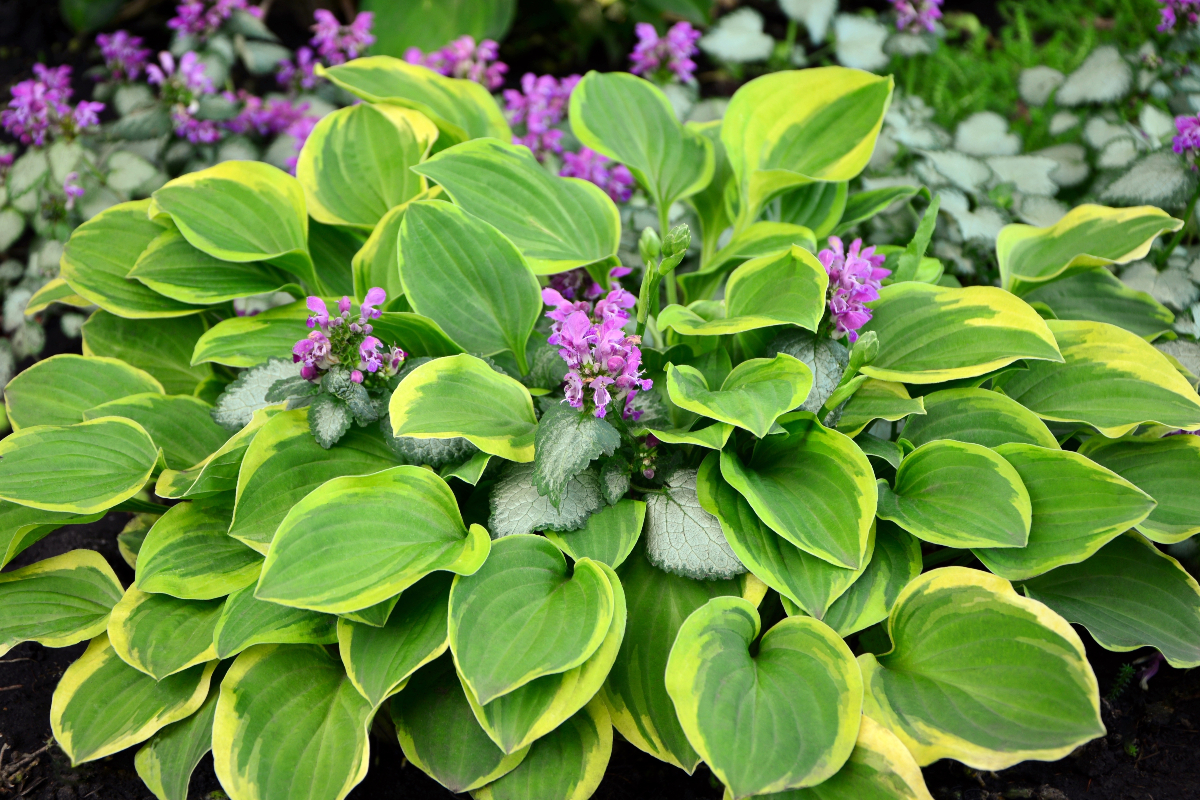
Irrigation Helps Full-Sun Hostas Thrive
It’s important to keep hostas watered, especially full-sun hostas. It might be a good idea to invest in a drip irrigation system to keep your hostas healthy and satiated throughout the hot summer. Automatic irrigation products can take the guesswork out of watering and help to prevent water waste.
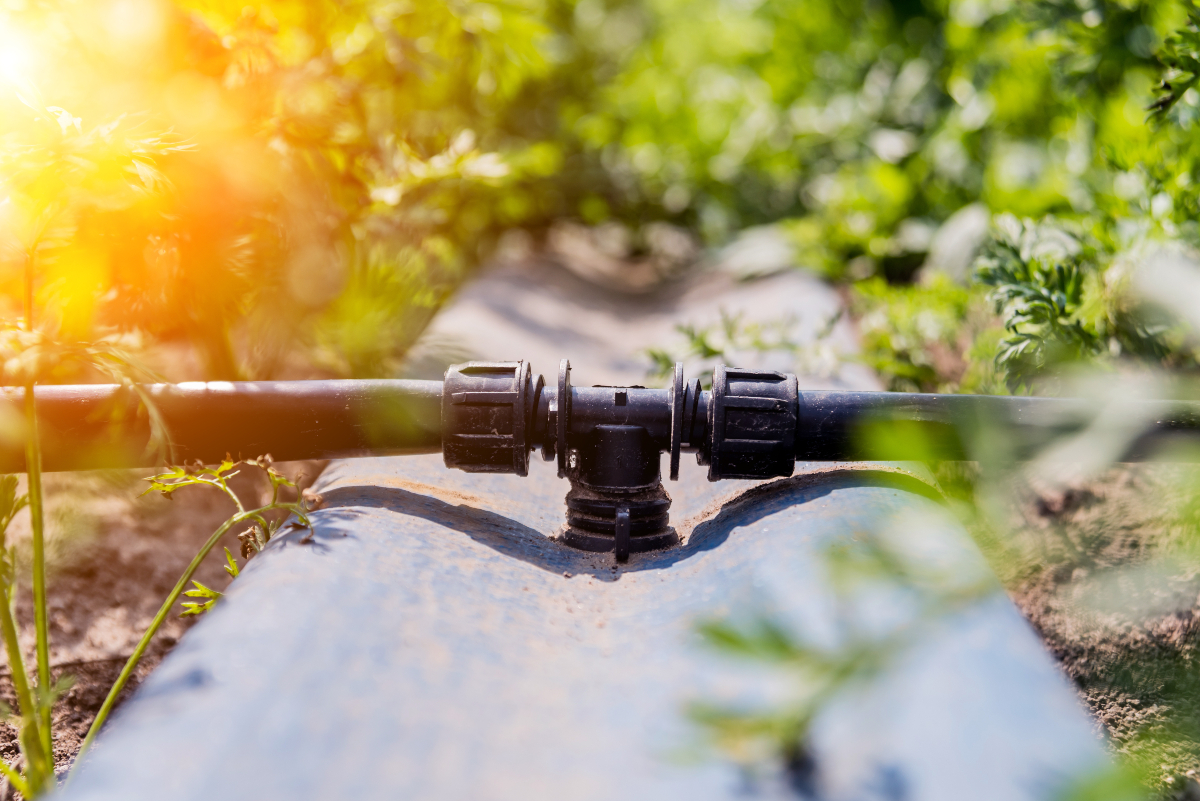
Ready to shop for sun-tolerant hostas for your yard? Growers are helping you out by giving some of them obvious names, such as “sun power” and “sun mouse.” Sun-tolerating varieties with those gold-edged or variegated leaves often have a hint in the name as well — “gold regal,” “golden sculpture” and “sundance,” for example.
Happy hosta hunting!
This story originally appeared on Simplemost. Checkout Simplemost for additional stories.


